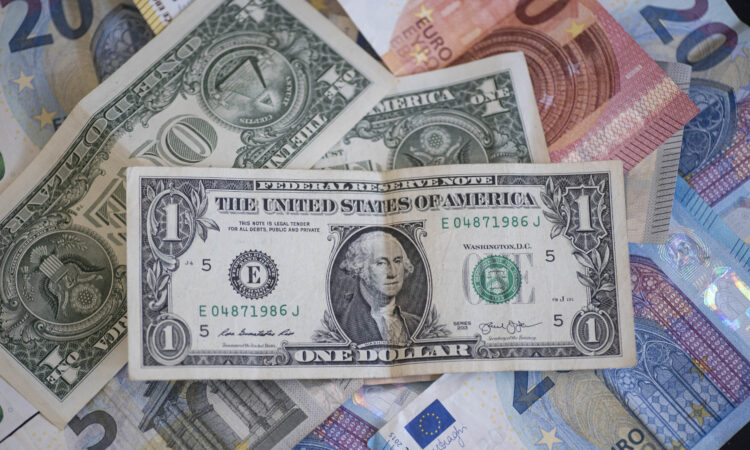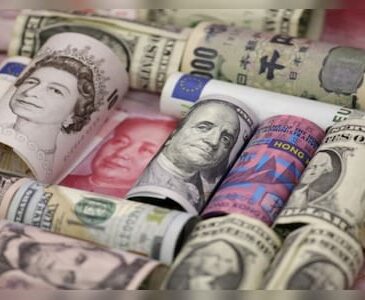
Markets are currently pricing in a roughly 56% chance of a cut in September, according to the CME FedWatch tool, down from 77.8% one week ago.
Investors will have a chance to assess the inflation situation when U.S. Consumer Price Index numbers are released at 1830 GMT on Wednesday, just hours before the Fed concludes its two-day policy meeting.
Economists polled by Reuters expect headline consumer price inflation to ease to 0.1% from 0.3% last month, and core price inflation to remain steady on the month at 0.3%.
Meanwhile, the Fed is widely seen holding rates at 5.25% to 5.5%, putting the focus on policymakers’ updated economic projections known as the “dot plot” and Chair Jerome Powell’s press conference for clues of how soon cuts could begin.
“Consensus seems to be that the number of cuts in 2024 will be downgraded from three currently to two” in the latest dot plot, said Kieran Williams, head of Asia FX at InTouch Capital Markets.
Powell is likely to strike a relatively dovish tone at the press conference, however, given disappointing growth indicators since the last Fed meeting, Williams said.
The dollar index, which measures the greenback against a handful of other major peers, was little changed at 105.27, after touching its strongest level since May 14 at 105.46 overnight.
The euro was mostly flat at $1.07375. It fell on Tuesday to $1.07195, its lowest level since May 2, as investors continued to react to French President Emmanuel Macron’s call for a snap election following gains by the far right in European Parliament elections.
Sterling was unchanged at $1.2735. UK gross domestic production figures for April are due later on Wednesday.
Japanese wholesale prices rose 2.4% in the year to May, Bank of Japan data showed on Wednesday, beating market forecasts for a 2% increase.
The yen held steady at 157.16 per greenback after slipping to its lowest since June 3 at 157.40 the previous day.
The Bank of Japan will also meet this week, where it is widely expected to keep interest rates steady and consider whether to offer clearer guidance on how it plans to reduce its huge balance sheet.
“The BOJ will have to walk a tightrope in its policy meeting this week to avoid inadvertently stoking JPY outflows, while also supporting growth and preventing disorderly JGB markets,” said Wei Liang Chang, currency and credit strategist at DBS.
While Japan’s central bank will likely discuss bond buying cuts to pre-empt yen selling pressure, dollar/volatility this week largely depend on Wednesday’s U.S. CPI and Fed meeting, he added.
“The hurdle for another upside surprise to U.S. rates and the USD looks quite high though, and we do not expect a retest of the 160 level in USD/JPY.”
The yen’s decline to a 34-year low of 160.245 per dollar at the end of April triggered several rounds of official Japanese intervention totalling 9.79 trillion yen ($62.31 billion).
In cryptocurrencies, bitcoin last rose 0.08% to $67,339.00.


